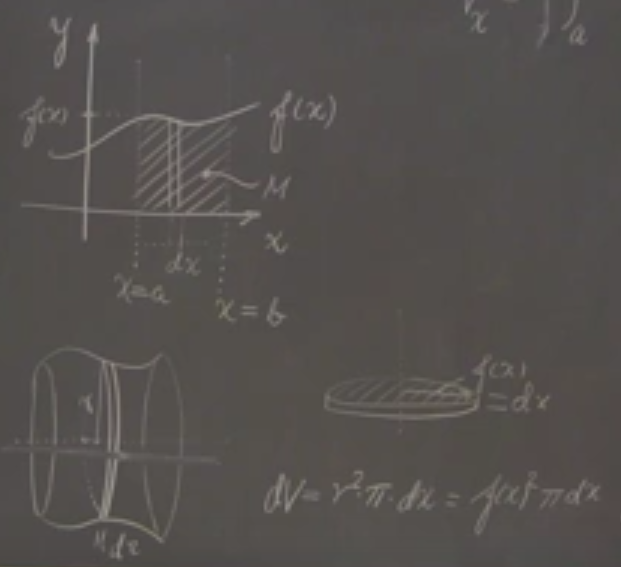Dealing with schedule planning by the Critical Path Method
A project usually involves a large amount of activities and tasks needed to be done. Even for the most experienced project managers it can be a bit of a challenge to control the huge amount of complexity in a project. By mastering the concept of planning a schedule a project can not only be more structured. Sufficiently planning can reduce the overall costs and limit the time duration of the project. The Critical Path Method is one of the tools a project manager can use to plan the project in the best possible way.
This article analyses the Critical Path Method. It takes a closer look at how to use the method and discus the advantages and limitations of the method.
The article starts by clarifying the idea behind the method and by an illustrating example the general application of the method is shown. The article then reflects on the use of the method. This is done by looking at the limitations of the Critical Path Method and comparing the method to other approaches of project scheduling. Furthermore, suggestions to improve the method are discussed.
Contents |
The idea behind the method
A project has several tasks that needs to be done in order of the project to progress. The tasks can have dependencies on each other and some of the tasks needs to be completed before others can start. The tasks can also be dependent in a way that they should be done at the same time. The dependencies of the tasks can be divided into three main cases.
- Technical dependencies - Beams cannot be placed without any supports and the construction of the beams therefore depends on the construction of supporting columns.
- Organisational dependencies - Walls can be painted before the installation of the roof is completed, but the risk of damaging the painting by dust and other things by this schedule planning is high. It therefore might be a good idea to reverse the order of the two tasks.
- Spatial dependencies - The installation of electricity and water pipes does not have any technical dependencies, but they often require the same space. In other words, they have spatial dependencies and therefore needs to be completed parallel to each other.
